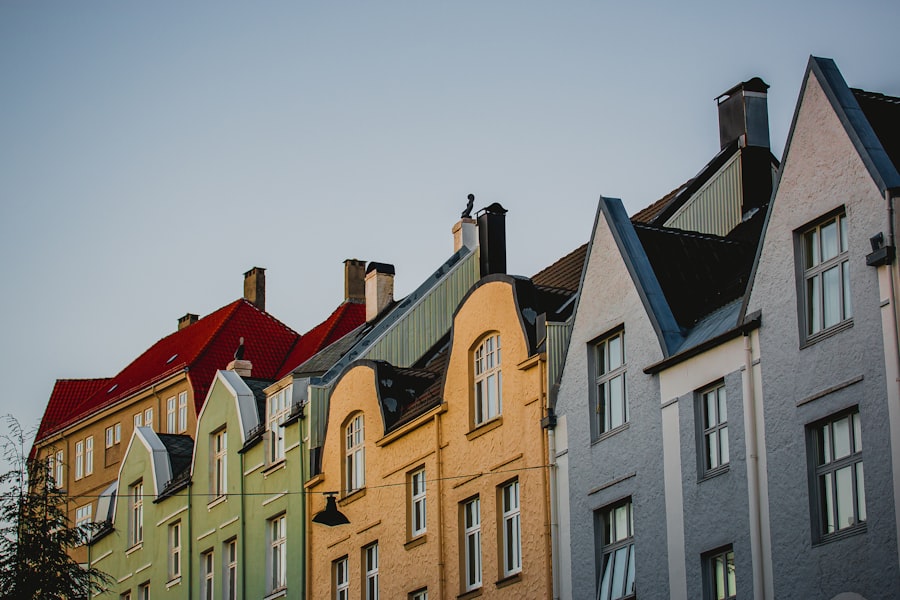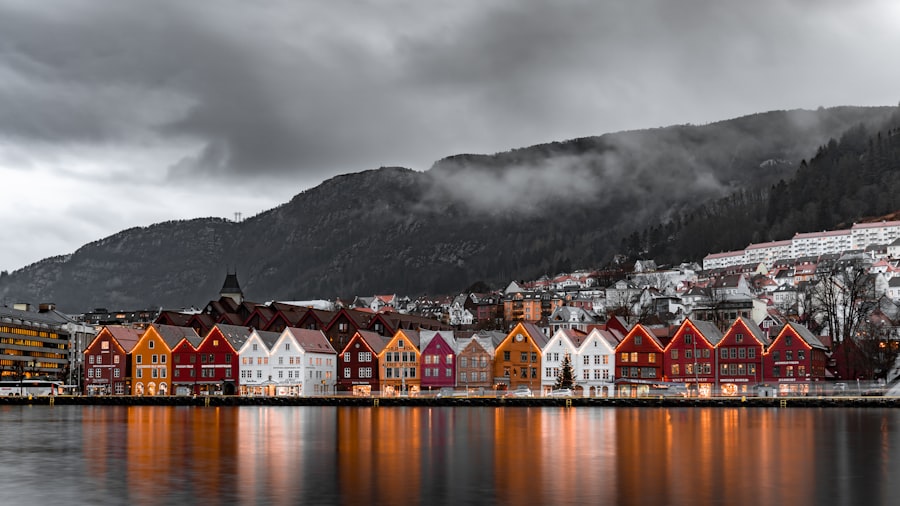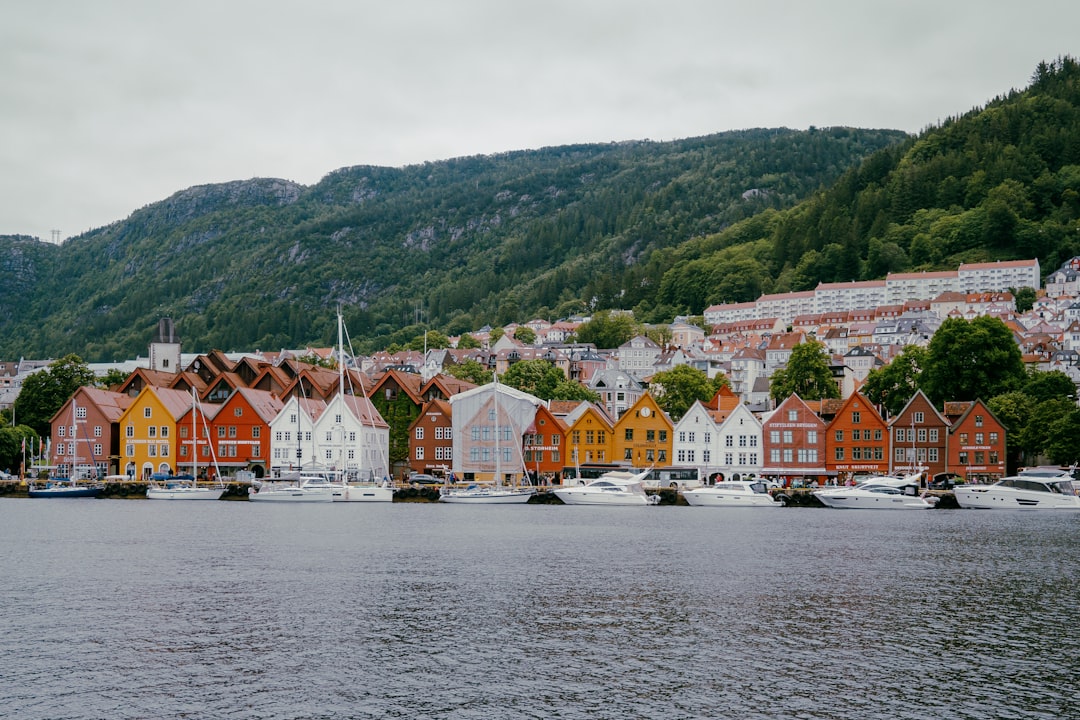Midsummer, or “Sankthans,” is a cherished tradition in Norway, celebrated with great enthusiasm across the country. This festival, which takes place around the summer solstice, marks the longest day of the year and is steeped in ancient customs and folklore. Historically, Midsummer was a time to celebrate the fertility of the land and the abundance of nature, with rituals designed to ward off evil spirits and ensure a bountiful harvest.
The festivities are deeply rooted in Norse mythology, where the sun was revered as a powerful deity, and its peak was a time for communal gatherings and joyous celebrations. In contemporary Norway, Midsummer has evolved into a vibrant celebration that brings together families and friends. The event is characterised by bonfires, music, and dancing, creating an atmosphere of unity and joy.
Communities often organise events that include traditional games and activities, allowing people to connect with their heritage while enjoying the beauty of the Norwegian summer. The tradition of Midsummer serves as a reminder of the importance of nature in Norwegian culture and the deep-seated connection that Norwegians have with their environment. Your journey to a smooth relocation starts here. Talk one-on-one with a Norway Relocation specialist and turn your plan into a reality. https://norwayrelocation.no/one-hour-strategy-session/
Summary
- Midsummer in Norway is a tradition with deep cultural roots, celebrated with various customs and rituals.
- Northern Norway experiences colder temperatures and longer winters compared to the milder climate in the south.
- Traditional midsummer foods in Norway include herring, new potatoes, and strawberries, often accompanied by aquavit and beer.
- Bonfire celebrations are a prominent feature of midsummer in northern Norway, symbolizing the banishment of evil spirits and the welcoming of the sun.
- Flower wreath making is a popular tradition in southern Norway, with locals adorning their heads with beautiful floral crowns.
Climate Differences Between Northern and Southern Norway
Norway’s diverse geography results in significant climate differences between its northern and southern regions. In the south, particularly around cities like Oslo and Bergen, the climate is characterised by mild summers and relatively warm temperatures. The coastal areas benefit from the Gulf Stream, which moderates the weather, making it more temperate compared to the harsher conditions found further north.
This climate allows for lush greenery and vibrant flora during the summer months, creating an idyllic backdrop for Midsummer celebrations. Conversely, Northern Norway experiences a subarctic climate, where summers are short but can be surprisingly warm. The region is known for its dramatic landscapes, including fjords and mountains, which contribute to its unique weather patterns.
The midnight sun phenomenon allows for extended daylight hours during the summer, creating an enchanting atmosphere for Midsummer festivities. However, the cooler temperatures can influence how celebrations are conducted, with bonfires serving as a focal point for warmth and community gathering.
Traditional Midsummer Foods and Drinks

Food plays a central role in Midsummer celebrations across Norway, with traditional dishes reflecting the region’s agricultural heritage. In southern Norway, celebratory feasts often feature fresh seafood, grilled meats, and an array of seasonal vegetables. Dishes such as grilled salmon or herring are popular choices, often accompanied by new potatoes and fresh herbs.
The emphasis on local produce highlights the connection between the land and its people, celebrating the bounty of nature during this festive time. In addition to savoury dishes, sweet treats also take centre stage during Midsummer. Traditional cakes, such as “koldtbord” or layered cakes adorned with berries, are commonly served at gatherings.
Refreshing drinks like elderflower cordial or homemade berry juices complement the meals, providing a taste of summer’s sweetness. In Northern Norway, traditional foods may include reindeer meat or fish dishes that reflect the region’s indigenous Sami culture. These culinary delights not only nourish the body but also serve as a means of connecting with cultural heritage during this joyous occasion.
Bonfire Celebrations in Northern Norway
In Northern Norway, bonfire celebrations are a hallmark of Midsummer festivities. As dusk falls on the longest day of the year, communities gather around towering bonfires that illuminate the night sky. These fires are not merely for warmth; they hold deep symbolic significance rooted in ancient traditions.
Historically, bonfires were believed to ward off evil spirits and bring good fortune to those who participated in the celebrations. Today, they serve as a focal point for social gatherings, where families and friends come together to share stories, sing songs, and enjoy each other’s company. The atmosphere surrounding these bonfire celebrations is electric, with laughter and music filling the air.
Traditional folk songs echo through the night as people dance around the flames, celebrating life and community. The sight of flickering flames against the backdrop of the midnight sun creates a magical ambiance that is unique to this time of year in Northern Norway. As participants engage in these age-old customs, they not only honour their ancestors but also strengthen their bonds with one another.
Flower Wreath Making in Southern Norway
In Southern Norway, one of the most beloved traditions associated with Midsummer is flower wreath making. This charming custom involves gathering wildflowers and crafting beautiful wreaths that are worn on the head or hung around homes to celebrate the arrival of summer. The act of creating these wreaths is often a communal activity, bringing together families and friends who share in the joy of nature’s bounty.
Children especially delight in this tradition, as they roam fields and meadows collecting flowers to adorn their creations. The flower wreaths themselves are symbolic of beauty and fertility, embodying the spirit of Midsummer. Once completed, these wreaths are often worn during festivities or placed on altars as offerings to nature spirits.
The vibrant colours and fragrant blooms reflect the joy of summer and serve as a reminder of the interconnectedness between humans and nature. This tradition not only fosters creativity but also instils a sense of appreciation for the natural world that surrounds us.
Differences in Folklore and Mythology

Midsummer celebrations in Norway are deeply intertwined with folklore and mythology that vary significantly between regions. In Southern Norway, tales often revolve around fairies and nature spirits who are believed to be particularly active during this time of year. It is said that if one dances under the Midsummer moon or gathers flowers at midnight, they may encounter these mystical beings or even gain special powers.
Such stories enrich the cultural tapestry of Midsummer and inspire a sense of wonder among participants. In contrast, Northern Norway’s folklore is heavily influenced by Sami culture and traditions. The indigenous Sami people have their own unique myths surrounding Midsummer that reflect their deep connection to nature and reindeer herding practices.
Stories about spirits residing in mountains or rivers are common, emphasising respect for the land and its resources. These narratives not only provide insight into Sami beliefs but also highlight the importance of preserving cultural heritage amidst modern influences.
Cultural Differences in Midsummer Music and Dance
Music and dance are integral components of Midsummer celebrations across Norway, yet they manifest differently depending on regional customs. In Southern Norway, traditional folk music often accompanies festivities, with lively tunes played on fiddles or accordions inviting everyone to join in dance. The atmosphere is filled with joy as people engage in traditional dances that have been passed down through generations.
These dances serve as a means of expressing cultural identity while fostering a sense of community among participants. Conversely, Northern Norway showcases a different musical landscape during Midsummer celebrations. Here, traditional Sami joik music may be featured alongside folk tunes, reflecting the region’s indigenous heritage.
Joik is a unique form of singing that conveys emotions and stories about people or places, creating a profound connection between performers and their audience. The rhythmic beats of drums may also accompany dances that celebrate nature and community ties. This rich diversity in music and dance highlights how Midsummer serves as a platform for cultural expression across Norway.
Midnight Sun Phenomenon in Northern Norway
One of the most captivating aspects of Midsummer in Northern Norway is the phenomenon of the midnight sun. During this time of year, the sun remains visible for 24 hours a day, casting a magical glow over the landscape even at midnight. This extraordinary natural occurrence transforms Midsummer celebrations into an enchanting experience where daylight blurs into twilight.
The extended hours of sunlight encourage outdoor festivities that last well into the night, allowing communities to revel in nature’s beauty. The midnight sun not only enhances the celebratory atmosphere but also influences how people engage with their surroundings during Midsummer. Many choose to partake in outdoor activities such as hiking or fishing under the endless sky, embracing the freedom that comes with prolonged daylight.
This unique phenomenon fosters a sense of connection to nature while encouraging individuals to appreciate the beauty of their environment during this special time.
Midsummer celebrations in Norway can vary significantly between coastal and inland regions due to geographical differences that shape local customs. Coastal communities often embrace maritime traditions during this festive period, incorporating seafood into their feasts and celebrating with boat parades or beach gatherings. The proximity to water allows for unique activities such as swimming or fishing contests that add an element of fun to Midsummer festivities.
In contrast, inland celebrations may focus more on agricultural practices and land-based activities. Here, traditional games such as tug-of-war or sack races may take centre stage alongside hearty feasts featuring locally sourced produce. The emphasis on land reflects a deep-rooted connection to farming traditions that have sustained communities for generations.
Despite these differences, both coastal and inland celebrations share a common thread: they bring people together to honour nature’s abundance while fostering community spirit.
Influence of Sami Culture in Northern Midsummer Celebrations
The influence of Sami culture is particularly pronounced in Northern Norway’s Midsummer celebrations. As one of Europe’s indigenous peoples, the Sami have rich traditions that shape how they observe this festive occasion. Their customs often incorporate elements such as reindeer herding practices and respect for nature’s cycles into Midsummer festivities.
For instance, traditional Sami foods like reindeer stew may be served alongside other regional delicacies during communal feasts. Moreover, Sami music and dance play an essential role in these celebrations, showcasing their unique cultural heritage through joik performances or traditional drumming circles. The blending of Sami traditions with broader Norwegian customs creates a vibrant tapestry that reflects both cultural diversity and unity within Northern communities during Midsummer.
Modern-Day Midsummer Celebrations and Festivals
In recent years, modern-day Midsummer celebrations have evolved to incorporate contemporary elements while still honouring traditional practices. Festivals dedicated to Midsummer have emerged across Norway, featuring live music performances from both local artists and international acts that attract visitors from near and far. These events often include food stalls offering traditional dishes alongside modern culinary delights, creating an exciting fusion of flavours.
Additionally, many communities now utilise social media platforms to promote their Midsummer events, encouraging greater participation from younger generations who may be less familiar with traditional customs. This blend of old and new ensures that Midsummer remains relevant while preserving its cultural significance for future generations. As you consider relocating to Norway to experience these vibrant traditions firsthand or immerse yourself in Norwegian culture more deeply, organisations like the Norway Relocation Group can provide invaluable assistance throughout your transition process.
They offer tailored support services that help newcomers navigate everything from housing arrangements to understanding local customs—ensuring you feel at home in your new environment. For those looking to learn more about Norwegian language and culture while preparing for their new life in Norway, enrolling in courses at NLS Norwegian Language School in Oslo can be an excellent choice. Their comprehensive language programmes not only teach you essential communication skills but also provide insights into Norwegian traditions like Midsummer celebrations—allowing you to fully engage with your new community while embracing all that this beautiful country has to offer.
Register for a Norwegian class at the NLS Norwegian Language School now!

